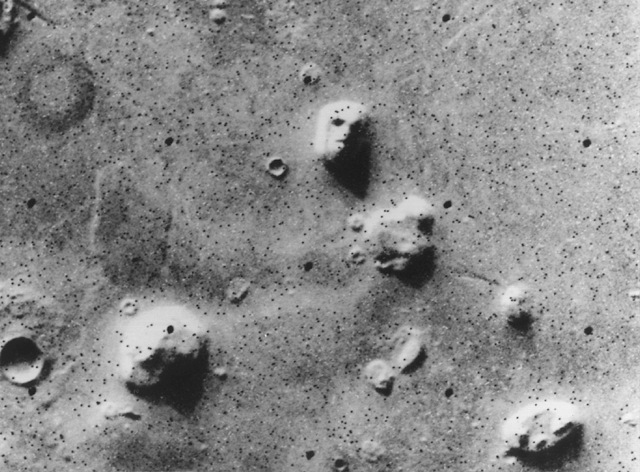
Seeing things in everyday objects
Maybe you’ve seen the proverbial bunny in the clouds on a warm summer day, or the face of a clown in a mud splatter on the side of your car? Seeing familiar objects or patterns in otherwise random or unrelated objects or patterns is called pareidolia. It’s a form of apophenia, which is a more general term for the human tendency to seek patterns in random information. Everyone experiences it from time to time.
Seeing the famous man in the moon or the canals on Mars are classic examples from astronomy. The ability to experience pareidolia is more developed in some people and less in others. Look at the photos below to learn more and test your own ability to see things that aren’t there.

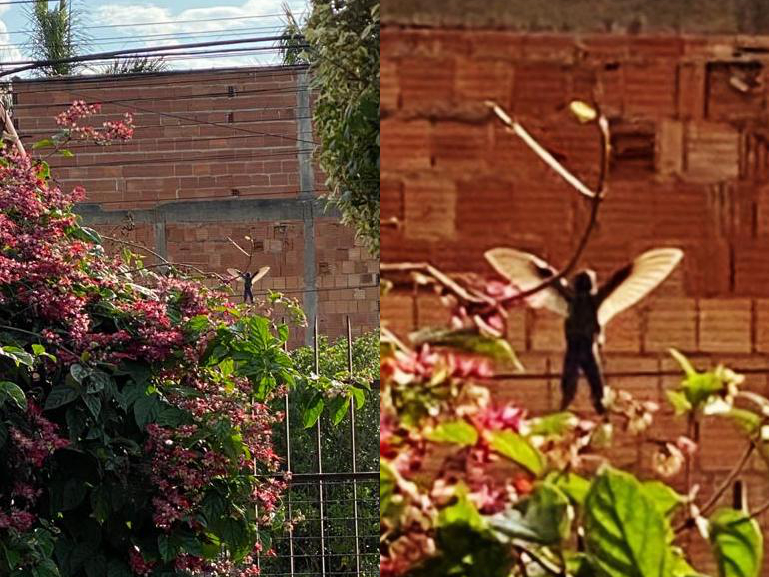
Pareidolia is making sense out of what you think you see
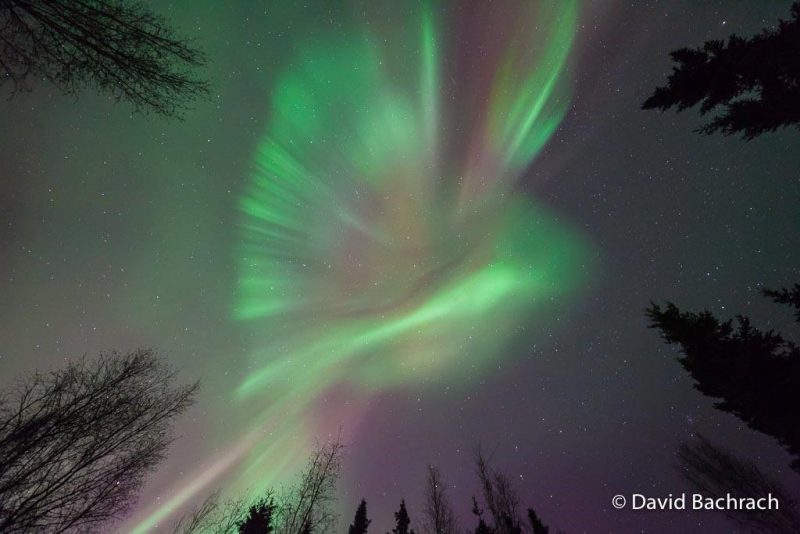


Seeing things varies by individuals
Sometimes the ability to see objects in photos, where no such objects exist, has results that are not simply beautiful or intriguing, but downright bizarre. For example, consider the old photo above from an anonymous Swedish photographer of the 19th century.
In the image above, many viewers will immediately see the image of a bearded man with wavy hair, which could resemble Jesus, near the left center of the image. In fact, however, the face is just a phenomenon of light, shadow, and placement. The “face of Jesus” is actually a child with a bonnet, and the hair is vegetation in the background.
You have probably have seen claims of images of Jesus in a piece of toast, or the Madonna in the misshapen form of a gourd. Although intrinsically meaningless, such images are sometimes striking. More often, though, the similarity to known persons, animals or objects is a bit more subtle.
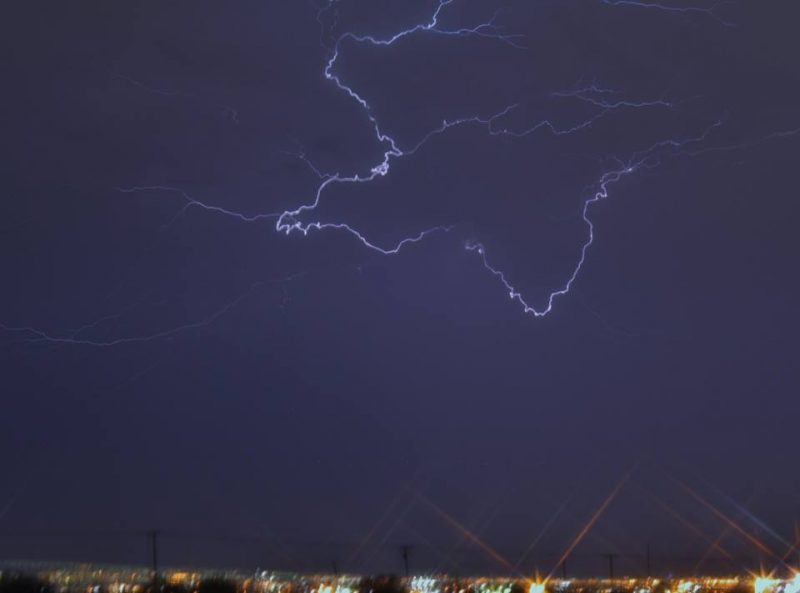
Did pareidolia lead to creating the constellations?
To a certain extent, the definition of pareidolia can explain why the ancients connected the dots and came up with the patterns we know as constellations. It does not take a great deal of imagination to see a lion in Leo, a scorpion in Scorpius, or a mighty hunter in Orion. To be honest, many other constellations, such as Cancer the Crab or Capricornus the Sea Goat, stretch the pattern recognition idea a bit far, making the naming process more one of contrivance than of pareidolia.
What about the face on Mars?
Staying in the realm of astronomy for a bit, many have seen a face or a rabbit in the moon or any of a variety of other figures on the face of the moon for ages. Nowadays, technology has given us close-ups of other planets that serve as fodder for the pareidolia monster.
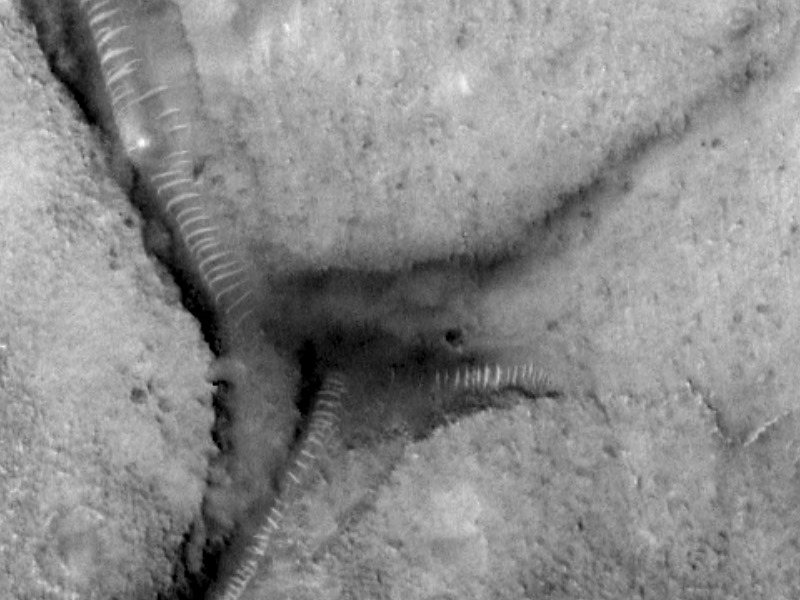
For example, some self-appointed experts have stated that the image above – which is an enlargement of a small section of image M0400291 from the Mars Global Surveyor – shows large glass tunnels on Mars, or even evidence for ice worms on the red planet. What the image above really shows is a convergence of deep canyons on the planet Mars. At the bottom of these canyons are crescent-shaped sand dunes, which form when the wind is predominantly from one direction. Such dunes are common in desert areas of the Earth and are known as barchans.
Our own interests and experiences play a part
In some ways, the pareidolic images we discover tend to indicate things about which we are most interested, whether they be people, puppies or planes. Finding such “embedded” images can be fun and interesting, almost a hobby for some. But for some they can also fuel obsessiveness and paranoia. Enjoy finding your own pareidolic images, but keep in mind that what you are seeing is not really there, but in your mind.
Enjoying EarthSky? Sign up for our free daily newsletter today!
Bottom line: Seeing things as recognizable images in otherwise random or unrelated objects or patterns is called pareidolia. Here are photos of many examples of pareidolia in nature.











